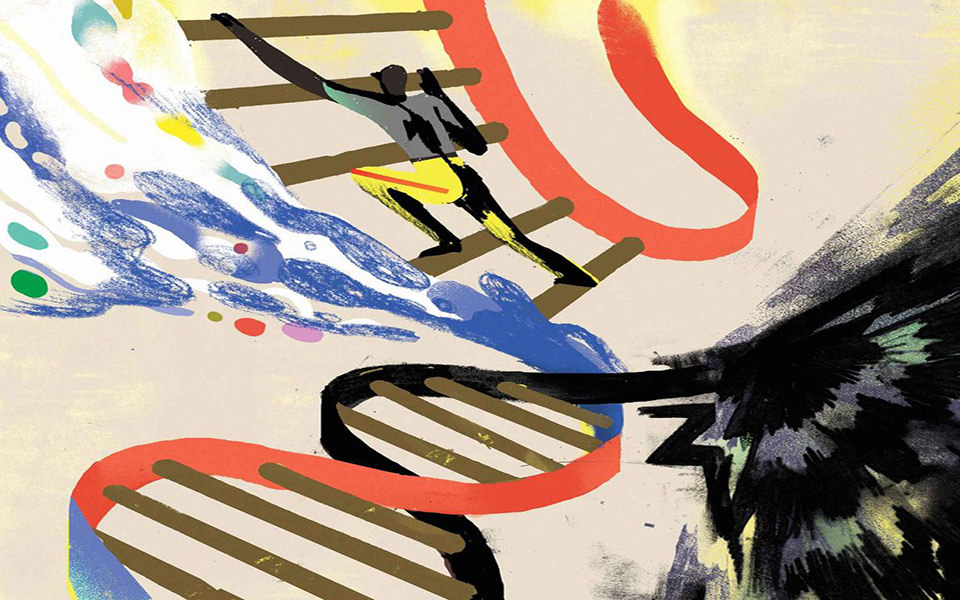One of Crispr’s Creators Faces Her Fears
In terms of impact on the future of the human race, no invention in this still-young century may measure up to the gene-editing tool Crispr. “Clustered regularly interspaced short palindromic repeats” existed in nature as an antiviral defense system in bacteria; their potential for genetic editing fascinated scientists but went largely untapped until 2012, when Jennifer Doudna, a microbiologist at the University of California at Berkeley, and French researcher Emmanuelle Charpentier co-published the first findings showing that Crispr, interacting with the protein Cas9, could edit the genes of a bacterial cell.
When people refer to Crispr now, they talk about wiping out disease, resurrecting woolly mammoths, and fashioning designer babies. Such implications fascinate and torment Doudna, and she writes about them movingly with Samuel Sternberg, a biochemist and former research colleague, in A Crack in Creation: Gene Editing and the Unthinkable Power to Control Evolution


